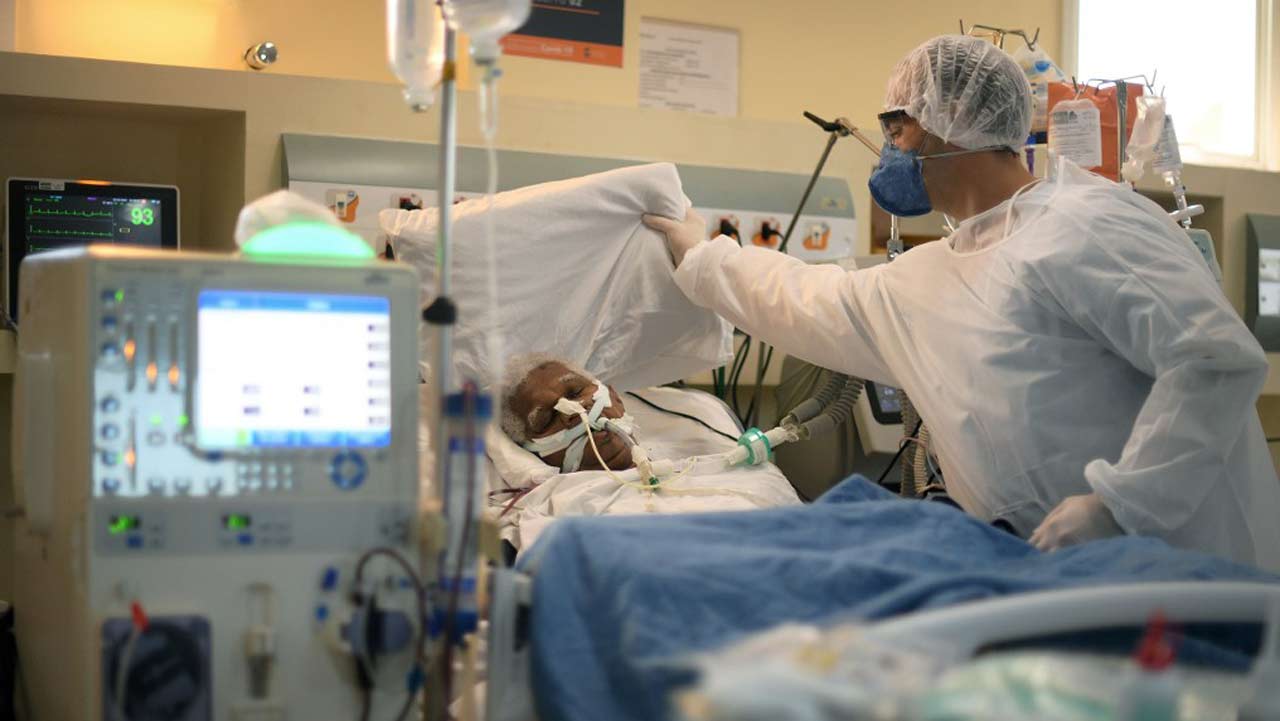Research from the American Heart Association shows that heart attack patients who arrive at the hospital at nighttime, during the weekend or on a holiday have a 13% increased risk of dying, compared with patients who arrive during regular hours.
More than a quarter of a million people each year experience a severe heart attack – caused by a complete blockage of the blood flow to the heart – called an ST elevation myocardial infarction (STEMI). It is critical to restore blood flow to the heart as quickly as possible – by opening the blocked vessel using surgery or intravenous medication – otherwise the patient may die.
To investigate whether the time heart attack patients arrive at the hospital influences their outcomes, the researchers compared data from 27,270 STEMI patients who arrived at the hospital during “off hours” with data from 15,972 STEMI patients who arrived during regular business hours.
The data came from 447 hospitals in the US, and the study looked at the period of January 2007 to September 2010.
The authors found that, on average, it would take 56 minutes for patients arriving at the emergency room during regular work hours to receive the angioplasty procedure necessary to open their blocked blood vessel.
By contrast, patients arriving at the emergency room during evenings, weekends or holidays would wait an average of 72 minutes for this life-saving procedure. STEMI patients also had a 13% increased risk of dying if they arrived at the hospital during these hours.
“However, there might have been other factors that we were unable to measure that could have also contributed to this slight increase in risk of mortality,” lead author Dr. Jorge Saucedo, chief of cardiology and co-director of the Cardiovascular Institute at Northshore University Health System in Evanston, IL, told Medical News Today.
“For example, did patients wait longer to come to the hospital in the middle of the night? We were unable to measure this, which could have affected mortality as well.”
Reducing ‘door-to-balloon’ time
“The only realistic way of having similar door-to-balloon times during off hours and on hours is by having a fully staffed catheterization laboratory 24-7,” Dr. Saucedo told us.
“Door-to-balloon time” refers to the amount of time it takes from the patient entering the hospital to them receiving an angioplasty. It is called this because, during an angioplasty, a deflated balloon is threaded into the patient’s artery via a catheter. The balloon is inflated at the point of blockage, which opens the artery, restoring blood flow to the heart.
“At this point we can not recommend this due to the fact that the human and financial cost could be too high,” Dr. Saucedo said. “However, this conversation needs to take place as very few institutions are keeping the staff in-hospital to take care of these emergencies.”
The study found that almost 88% of STEMI patients arriving within regular hours, and 79% arriving during off hours, were treated with angioplasty within the 90-minute period recommended by the American Heart Association (AHA).
ABUJA: Training Schedule for Basic Life Support BLS, Pediatric Advanced Life Support (PALS), Advanced Cardiovascular Life Support ACLS, First Aid, CPR, AED
PORTHARCOURT: Training Schedule for Basic Life Support BLS, Pediatric Advanced Life Support (PALS), Advanced Cardiovascular Life Support ACLS, First Aid, CPR, AED
LAGOS: Training Schedule for Basic Life Support BLS, Pediatric Advanced Life Support (PALS), Advanced Cardiovascular Life Support ACLS, First Aid, CPR, AED




